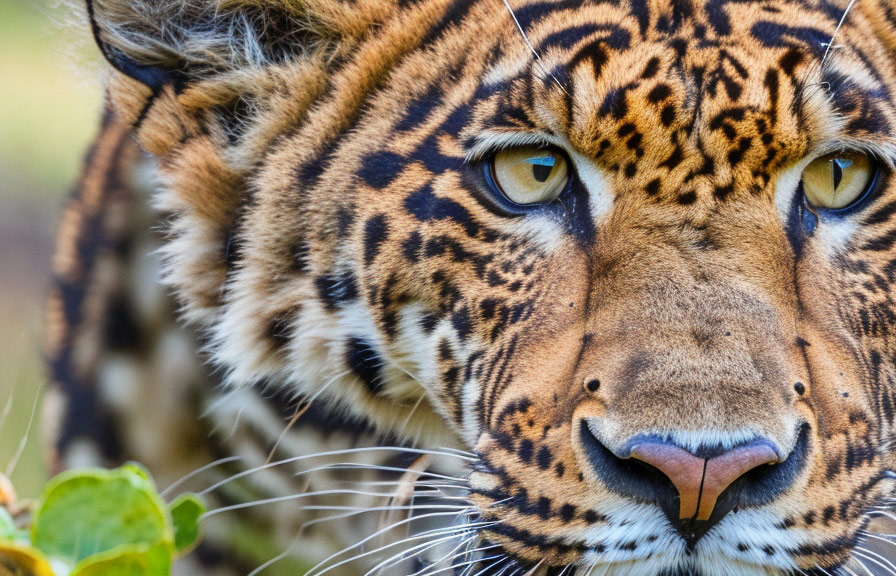Did you know that there are approximately 8.7 million species of animals on our planet? that's a vast number of potential subjects for your wildlife photography! in this post, we'll explore how to capture stunning wildlife photos using simple equipment, without breaking the bank.
Get ready to step into the world of wildlife photography and make the most of your camera gear.

Choosing the right camera for wildlife photography
When it comes to wildlife photography, the choice of camera can make a significant difference in the quality of your shots. however, you don't necessarily need a top-of-the-line camera to capture great images. here are some key features to look for in a camera suitable for wildlife photography:
1. Fast autofocus - wildlife often moves quickly, so a camera with fast and accurate autofocus will help you capture sharp images of moving subjects.
2. High iso performance - shooting in low light conditions, such as dawn or dusk, is common in wildlife photography.
A camera with good high iso performance will allow you to use faster shutter speeds in low light, reducing the chances of blurry images.
3. High frame rate - a high frame rate (measured in frames per second, or fps) will enable you to capture a burst of images
In quick succession, increasing your chances of getting the perfect shot.
An entry-level dslr or mirrorless camera with these features should be more than capable of capturing great wildlife images. popular options include the nikon d3500, canon eos rebel t7i, and sony a6000.
Best lenses for wildlife photography
While the choice of camera is important, the lens you use can have an even more significant impact on your wildlife photos. here are some tips for choosing the right lenses for wildlife photography on a budget:
1. Telephoto zoom lens - a telephoto zoom lens with a focal length of at least 300mm is essential for capturing close-up shots of wildlife without disturbing your subjects. a lens with image stabilization can help you achieve sharper images when shooting handheld.
Some affordable options include the canon ef 70-300mm f/4-5.6 is ii usm and the nikon af-p dx nikkor 70-300mm f/4.5-6.3g ed vr.
2. Prime lens - although not strictly necessary, a prime lens with a large aperture (e.g.
F/2.8 or f/4) can help you capture images with a shallow depth of field, isolating your subject from the background and creating a pleasing bokeh effect. prime lenses also tend to be sharper than zoom lenses at their respective focal lengths.
Finding and photographing wildlife
Now that you have your camera and lenses sorted, it's time to head out and find some wildlife to photograph. here are some tips to help you locate and capture amazing wildlife images:
1. Research your subjects - before you head out, do some research on the wildlife species you're interested in photographing. learn about their habitats, behaviors, and the best times of day to spot them. this information will help you plan your outings and increase your chances of finding your Subjects.
2. Patience is key - wildlife photography often requires a great deal of patience. be prepared to spend long periods sitting quietly and waiting for the perfect moment to capture your shot. remember, the more time you spend observing and understanding your subjects, the better your images will be.
3. Use a tripod - a tripod can help you keep your camera steady, allowing you to use slower shutter speeds and lower iso settings, resulting in sharper images with less noise. a lightweight, portable tripod is ideal for wildlife photography.
4. Shoot in raw - shooting in raw format will give you more flexibility in post-processing, allowing you to adjust exposure, white balance, and other settings without negatively affecting the image quality.
5. Practice ethical photography - always prioritize the well-being of your subjects over getting the perfect shot.
Avoid disturbing wildlife or causing stress, and follow any local rules and guidelines regarding wildlife photography.
Fun fact
Did you know that the eyes of some birds, like eagles and hawks, have a higher density of light-sensitive cells called cones than humans? this allows them to see colors more vividly and perceive more details than we can.
This exceptionalvision is one of the reasons why birds of prey are such successful hunters.
Little-known information
Many people don't know that some wildlife photographers use camera traps to capture images of elusive or nocturnal animals. a camera trap is a remote camera system that is triggered by motion or heat, allowing photographers to capture images of wildlife without being physically present.
While setting up and using camera traps can be more complex than traditional wildlife photography, it can yield unique and compelling images of rarely-seen animals.
Conclusion
Wildlife photography can be an incredibly rewarding and exciting pursuit, even with simple equipment. by choosing the right camera and lenses, practicing patienceand observation, and following ethical guidelines, you can capture stunning images of the natural world.
Remember, the best wildlife photographers are those who invest time in understanding their subjects and honing their skills. so, grab your gear, head outdoors, and start exploring the fascinating world of wildlife photography.
